Wines You Should Be Drinking Right Now — An Ancient Grape From Italy With Cherry Perks, a $125 Pinot Noir and a Texas Sparkler
Diving Into the World Of Tastings
BY James Brock //Badia a Coltibuono: A storied estate that was established in 1051. (Courtesy Badia a Coltibuono)
Ciliegiolo. That’s an Italian word. It’s fun to pronounce. It’s fun to drink. And it’s one of the wines worth tasting I’m highlighting this month.
Ciliegiolo is a grape that originated in Italy, where it is found primarily, if not solely, in Tuscany, Lazio, Liguria, Puglia and Umbria. The word translated into English means “small cherry.” Its berries resemble that stone fruit and the wines made from them are redolent of cherries. It is not a variety that you are likely to have heard about on a regular basis, but those who know it are well aware of its value and importance. And since winemakers are paying more attention to it as a grape that can shine on its own, as opposed to mainly blending it with sangiovese to “soften” the latter’s profile, I hope this ancient grape will come to attract your attention on a more regular basis.
“In my view, Ciliegiolo is one of the most underappreciated grape varieties, allowing for wines of mesmerizingly pure aromas and flavors,” writes Ian D’Agata in Native Wine Grapes of Italy (2014), and I agree with him. (D’Agata’s book is one of my favorites on Italian wine, and if it is not in your library I urge you to acquire it, along with his more recent Italy’s Native Wine Grape Terroirs.)
Ciliegiolo’s parentage is the subject of ongoing debate. D’Agata included a compendium of DNA studies in his book that have been carried out on the variety, which was, according to the author, “most likely first described in the 1600s by Soderini, whose description of a Ciriegiuolo grapevine resembles the Ciliegiolo we know today.”
D’Agata’s compendium is thorough and makes for fascinating study, and for readers who appreciate such things I recommend turning to page 248 of Native Wine Grapes of Italy. Suffice to say that researchers behind ongoing DNA analyses are sparring still as to the parentage and makeup of Ciliegiolo. Is it a progeny of sangiovese? Or is it a natural cross of sangiovese and moscato violetto? D’Agata concludes his say on the subject thusly: “Clearly, this is a matter that needs to be studied in more detail.”
I now embark on a brief journey into Giovan Vettorio Soderini, the Italian agronomist mentioned above, because I like history and biography and he had some influence on the craft of winemaking in Italy. Soderini, who was born in 1526 and died in 1596, was sentenced to beheading because of his protests against the Medici (he was born in Florence), but Ferdinando I de’Medici, Grand Duke of Tuscany, spared his life and banished him to Cedri, which today has a population of around 35 humans.
Soderini had studied law and philosophy in Bologna, but turned his attention to agronomy following his banishment. Trattato della coltivazione delle viti, e del frutto che se ne puo cavare (“Treatise on the Cultivation of the Vineyard, and the Fruit That Can Be Obtained”) (Florence, Filippo Giunti, 1600) is according to many academicians his (posthumously published) masterwork. Copies of it can be purchased still today.
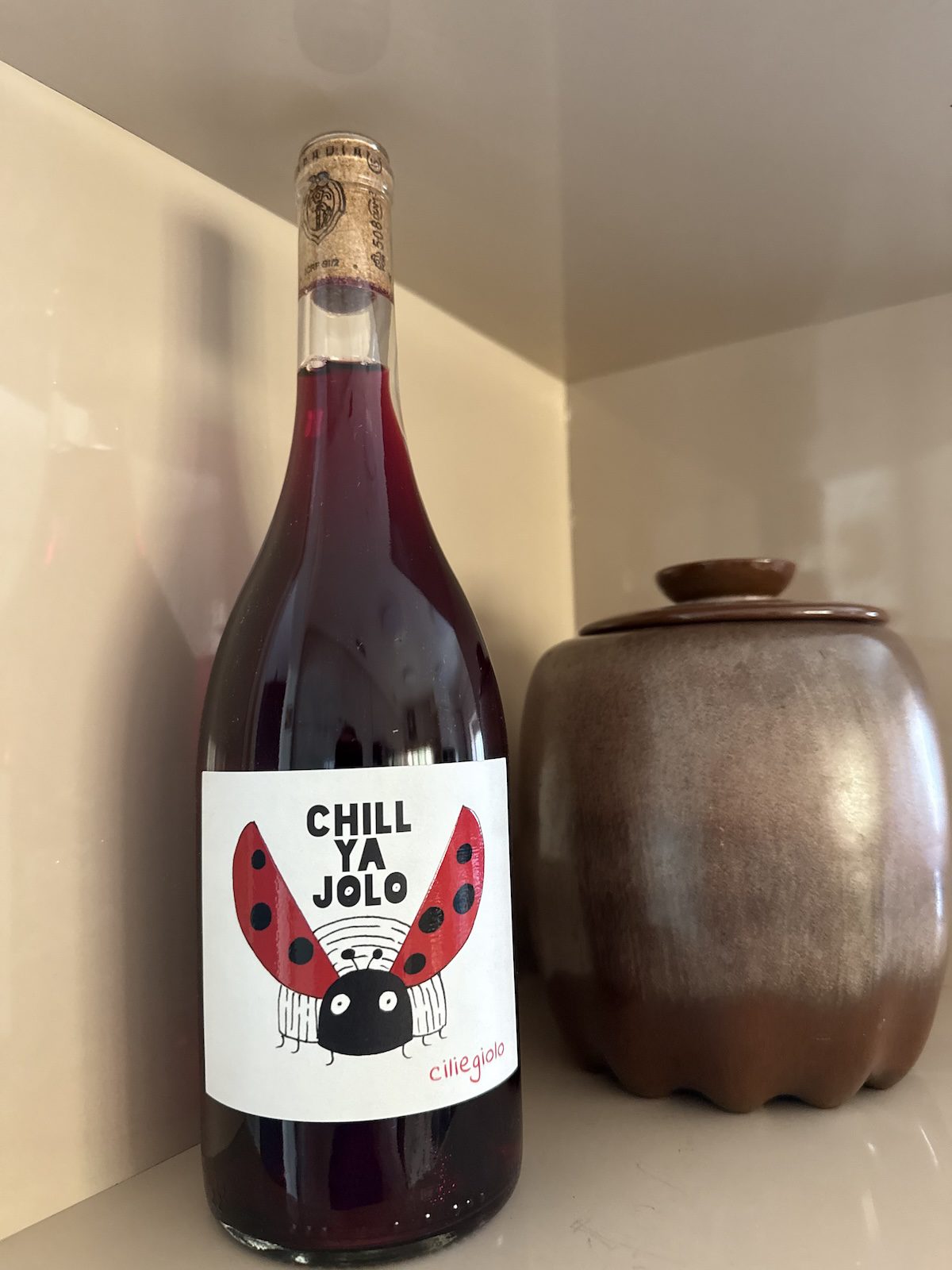
Back to ciliegiolo, and a bottle of wine I sampled recently that leads this edition of Tasting Notes. It’s produced by Badia a Coltibuono and goes by the helpful name Chill Ya Jolo. It, too, is fun to pronounce, and I loved drinking it. It’s 100 percent ciliegiolo, and sells for around $20. Yes, you should chill this wine well before drinking it.
The 2024 Chill Ya Jolo was imminently approachable — I am looking forward to sampling the 2025 — and I tasted it after the bottle reached 65 degrees Fahrenheit. Winemaker Roberto Stucchi Prinetti, aided by consultant Maurizio Castelli, know what it means to put together a wine that makes you smile, and this one certainly does that. It comes with 12 percent alcohol, and 20,000 bottles were produced after aging in stainless steel.
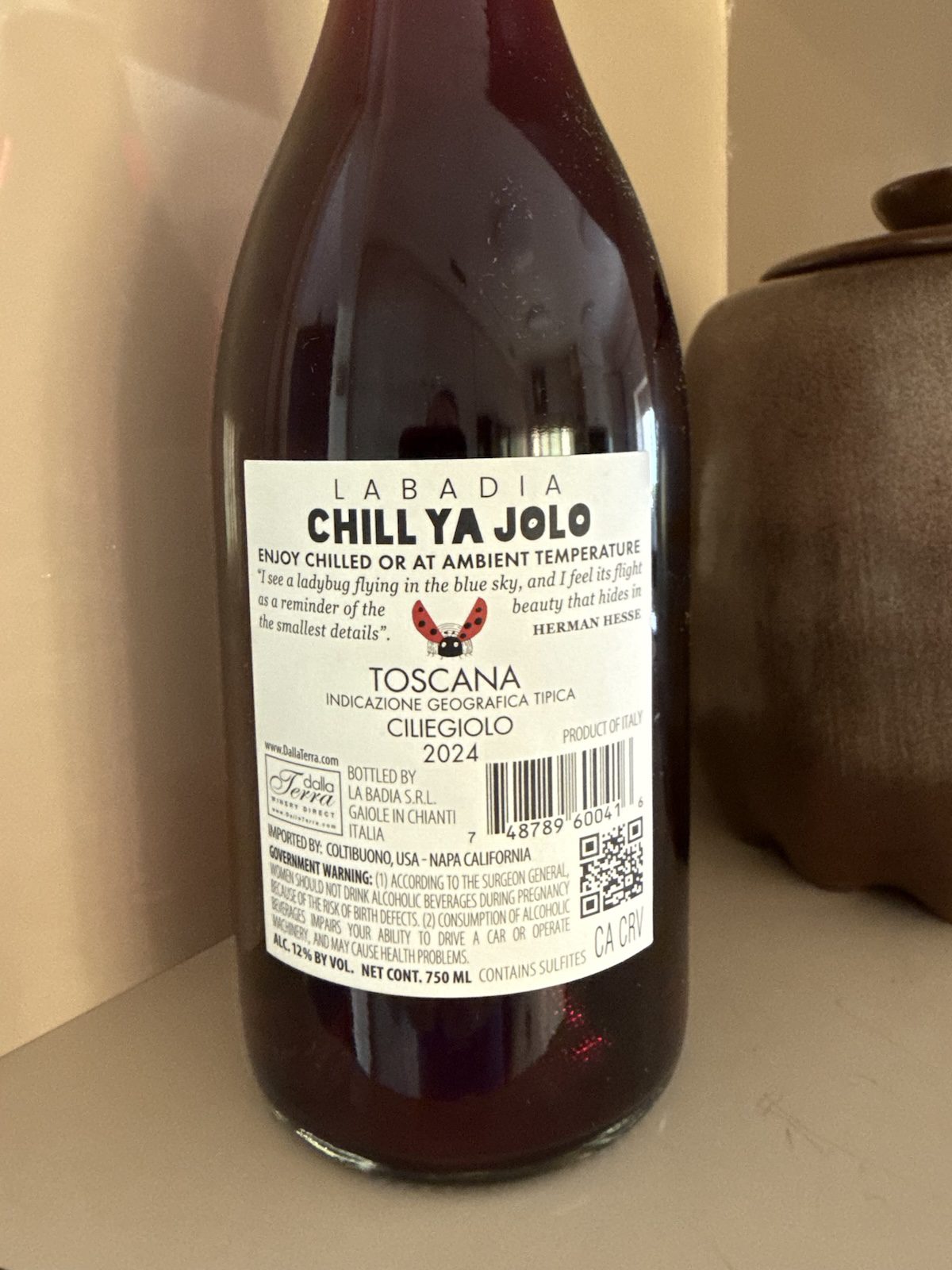
Labels are made to attract the eye and impart information about the contents of a wine bottle. The ladybug (coccinella in Italian) on this one calls attention to Badia a Coltibuono’s approach to sustainable organic farming, and the Hesse quote is apt: Beauty is in the details.
Back to a little pertinent history now. Badia a Coltibuono — Abbey of the Good Harvest (or Cultivation) — was established in 1051 by Giovanni Gualberto (sainted in 1193 by Pope Celestine III), who founded the Benedictine Vallumbrosan order. It functioned as an abbey until 1810, when it was unable to withstand Napoleon’s assault on the Church. Michele Giuntini, a banker from Florence and ancestor of the current owners, the Stucchi Prinetti family, bought the property in 1846, and that began the estate’s journey to becoming a leader in the Chianti Classico universe.
This wine is liquid ruby. Holding a glass to the light makes the Chill Ya Jolo even more inviting. The cherry aroma here is profound. It makes me think of a time I had a particularly fresh basket of Lapins cherries and, after rinsing, sliced a few of them and caught their scent. A little heady, lots of vivacity.
I paired this wine with seared sea scallops, putting the Maillard reaction to good use and making sure that the scallops showed its effect. Because that’s a mix of flavors you’ll remember for a long while. The wine’s brightness and lively fruit seemed made for the seafood, which was prepared with a briny vanilla cream sauce.
Chill Ya Jolo might be seen as a summer wine, but in my house wines similar to it are consumed around the year. No reason to put strictures on matters such as these.
A Pinot Noir Dream
The 2022 Nestweaver Sonoma Coast Pinot Noir is next wine in this tasting, and it excited my senses for a good while following my initial drink. A subtle aroma blend of raspberry and sweet cherry put me in an expansive mood on the afternoon I sampled this wine, which was made by Patrick Nyeholt. A secondary note on the nose is dried mushroom, a scent that gives this wine a restrained wildness. Its garnet color in the glass promises what I discerned as seriousness.
Nestweaver Wines was launched in 2021 by Caren Frutig Hatton. You might know her as the co-founder of Arietta, which she established alongside her husband Fritz Hatton and John and Maggy Kongsgaard in 1996. “Nestweaver represents the elegant, nuanced pinot noir I envisioned creating for over 20 years, and Patrick Nyeholt is the winemaker to bring my vision to fruition,” Frutig Hatton says.
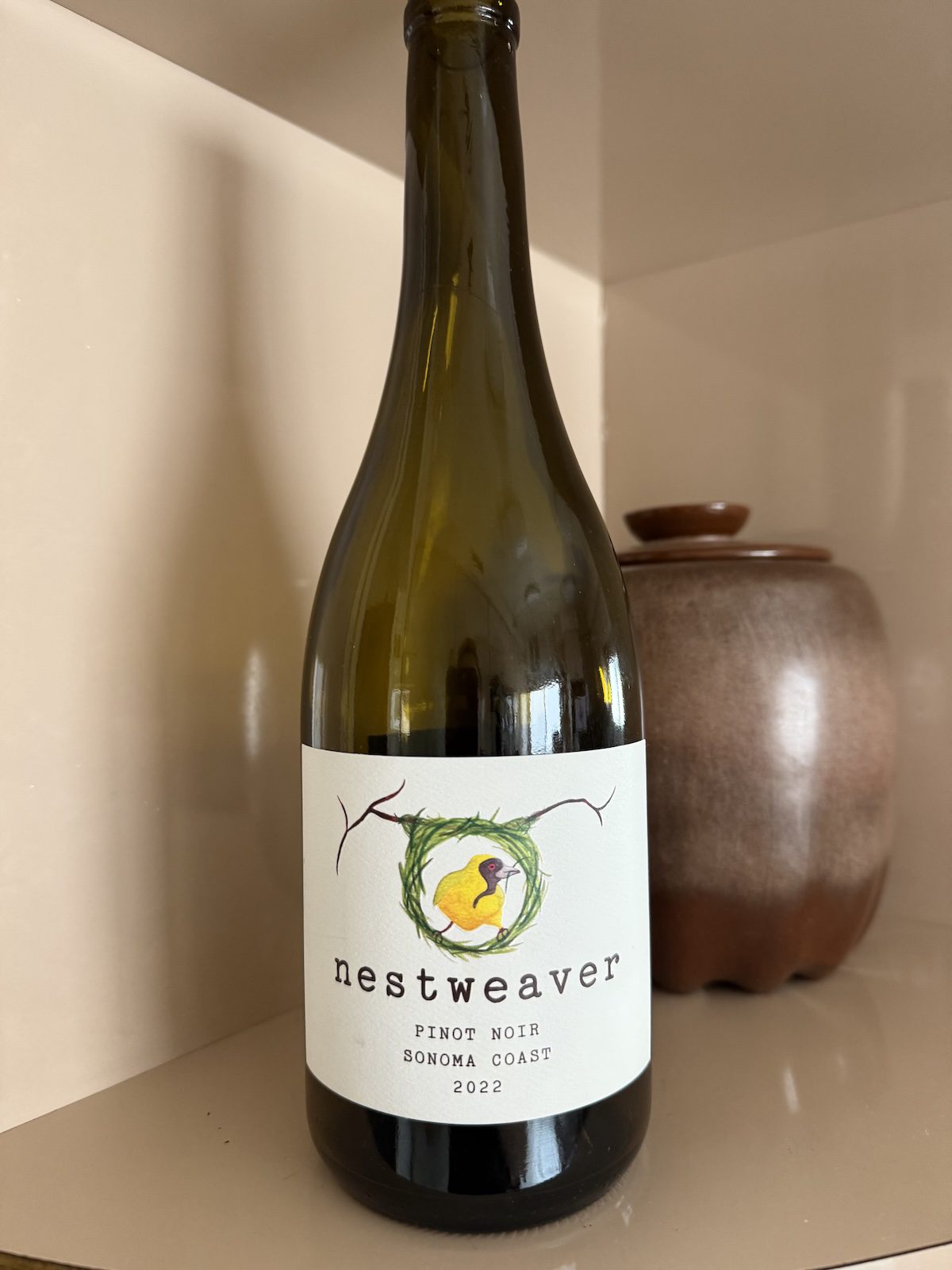
Some might question the wisdom of pricing the second vintage of a wine produced from purchased fruit at $125, but the market will have final say, as it almost always does. I will say that I have tasted a good number of wines sold at higher prices that satisfied me less than the Nestweaver did, and leave it at that.
The 2022 vintage — 14 percent alcohol, 122 cases produced, 100 percent pinot noir — saw 30 percent new French oak and nine months of élevage resulted in something that is delicious now and worthy of aging; 140 cases were made. Frutig Hatton says her grandmother, who created a “loving sanctuary” for her family, was the inspiration for the wine, whose label was designed by Frutig Hatton’s daughter Hattie.
Nestweaver represents the elegant, nuanced pinot noir I envisioned creating for over 20 years, and Patrick Nyeholt is the winemaker to bring my vision to fruition.” — Nestweaver Wines owner Caren Frutig Hatton.
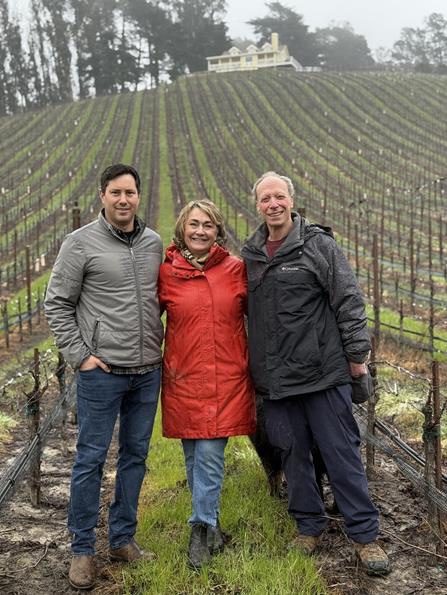
I find this a cerebral wine, and its soft tannins contribute an elegant touch. Fruit comes from the Corpuel Family Vineyard, a 7.6-acre Sebastopol Hills property planted to Pommard, Swan and Vosne-Romanée clones by Ulises Valdez, who sadly passed away of a heart attack at the age of 49 in 2018.
I paired the Nestweaver with a lamb chop seared simply with olive oil and rosemary; the wine gracefully melded with the protein’s gaminess, and the lamb elevated the wine’s midpalate. Nyeholt, who began working under Andy Erickson at Arietta in 2011 and was named head winemaker at Nestweaver in 2022, has produced an intriguing wine, one I hope to revisit soon.
Drinking the Bubbles
I am a proponent of opening sparkling wine as often as one can. Be it Champagne, cava, or anything else bubbly and made well. Sharing a bottle with friends and family at the table is a ritual that can slow the pace of a hectic day, encouraging conversation and contemplation. Closing out this edition of Tasting Notes is a wine from Texas, the 2021 Heath Sparkling Wines Adoration.
It carries a suggested retail price of $61 — Heath club members can get it for $52 — and is a pinot noir-dominated blend: 77.2 percent of that sparkling mainstay, along with 17.2 percent chardonnay, 3.8 percent pinot meunier, 1.5 percent pinot gris and .3 percent pinot blanc.
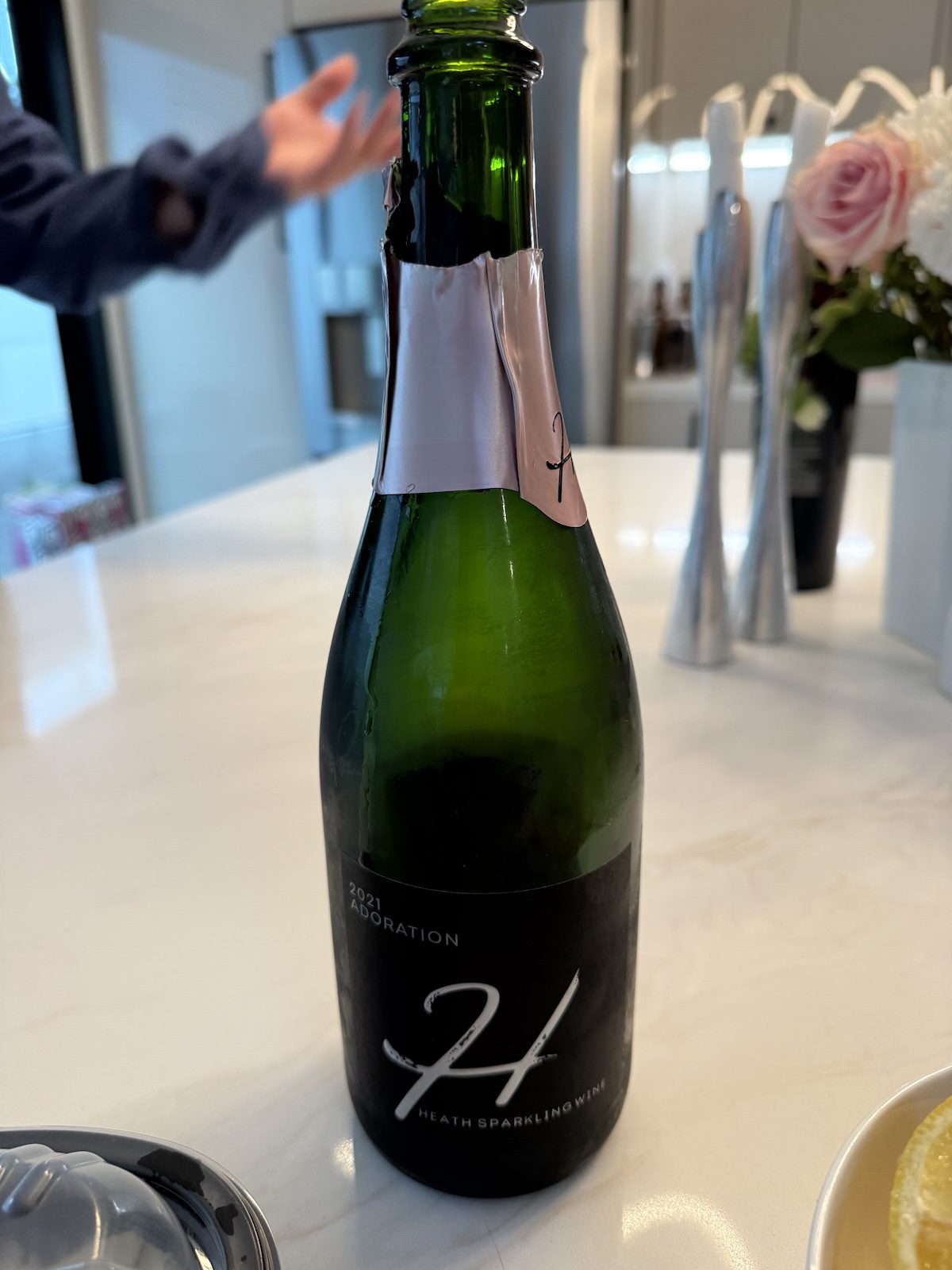
This sparkling rosé was sampled after being chilled to around 46 degrees Fahrenheit, a temperature that served it (and me) well. A beguiling pale coral hue invites one to sip and savor this wine, which smells of wild strawberry, Bing cherry and rose petals, a balanced melange. In the mouth, red fruit flavors dominate, then a fine citrus blossom note comes along to finish the experience.
The Heath Adoration is classified as a Brut and has .75 percent residual sugar. It spent only 20 months on the lees, which likely explains the large, vigorous bubbles in the glass. The acidity here is impressive. I paired this bottle with a platter of fried chicken that I made with a slightly spicy batter, and the combination was nearly perfect.
James Brock is a writer, journalist and cook. More of his work can be found at Mise en Place.

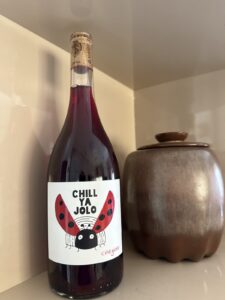
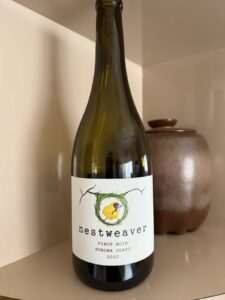
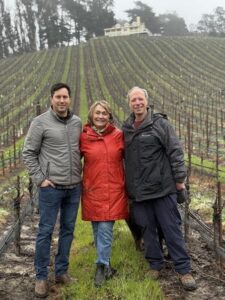

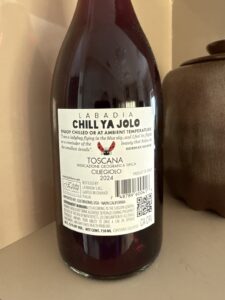
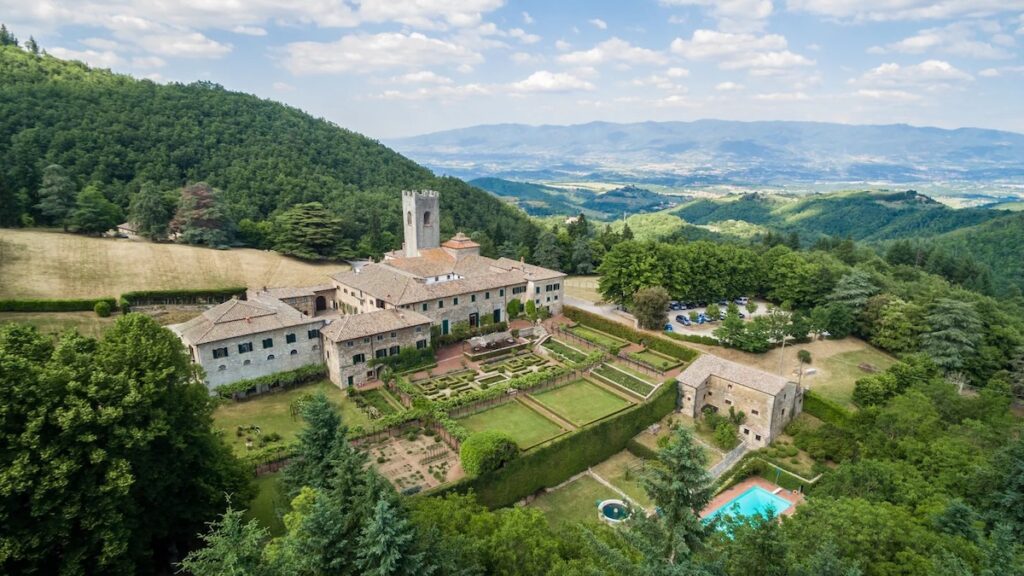
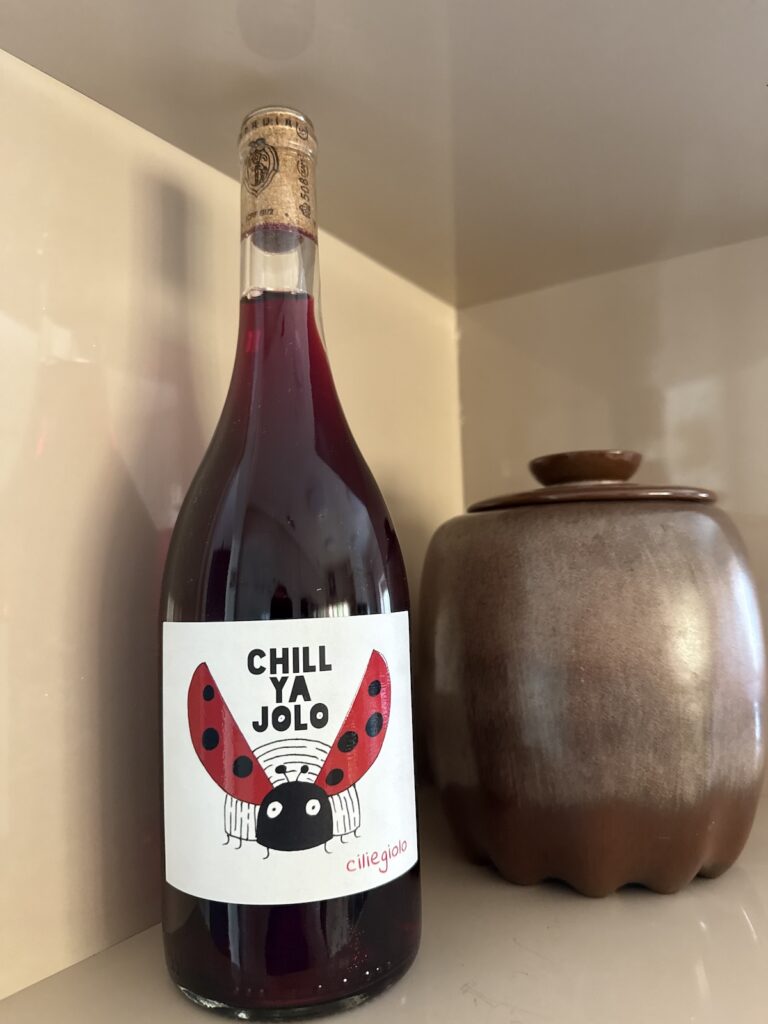
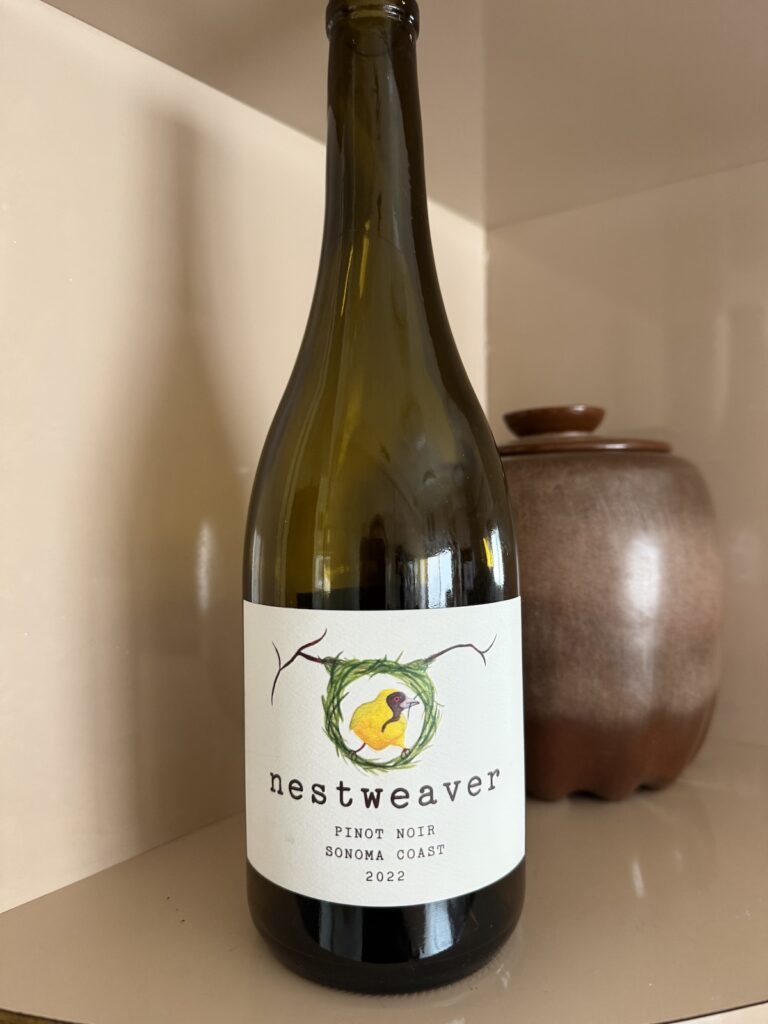

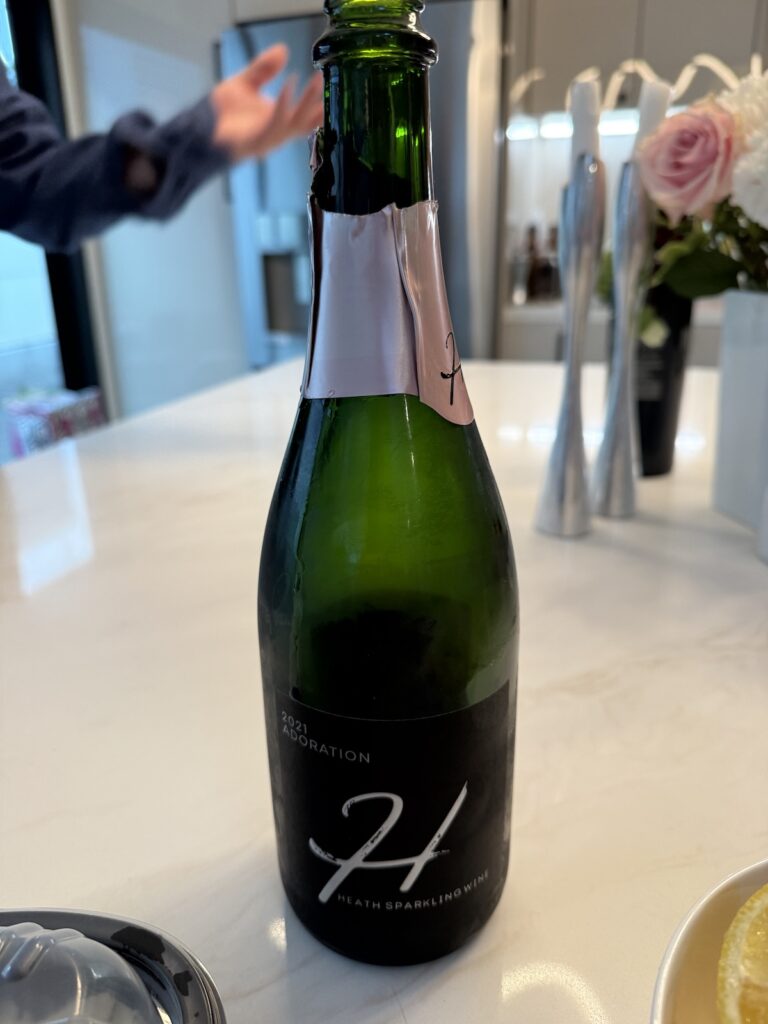


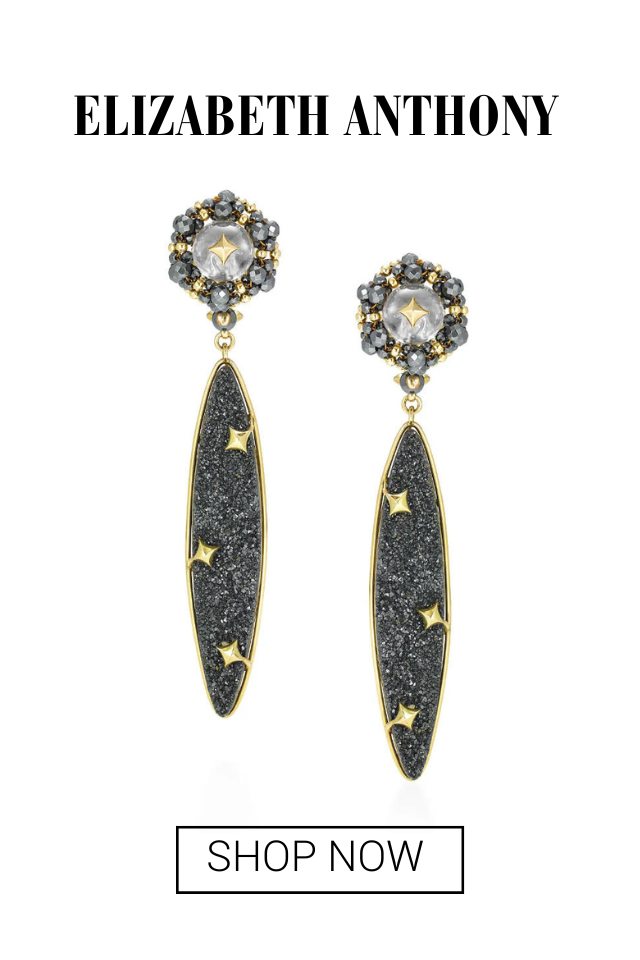










_md.png)






_md.jpeg)




_md.jpeg)








